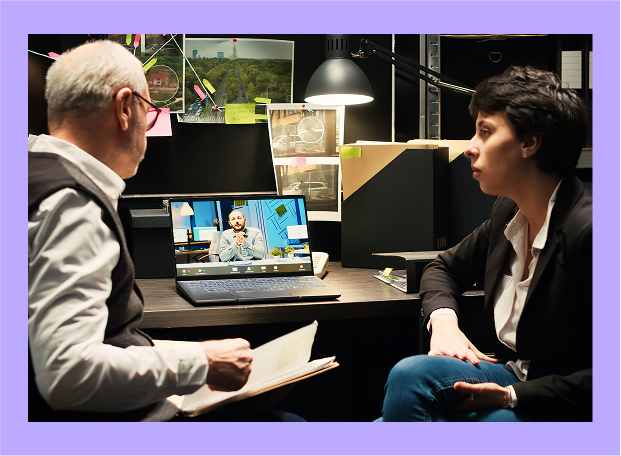What Creates the Stunning Aurora?
The captivating display known as the aurora borealis, or northern lights, is one of nature’s most spectacular shows. It paints the polar skies with vibrant colors. This phenomenon is the direct result of activity happening millions of miles away on our sun.
Specifically, the aurora occurs when charged particles from the sun interact with Earth’s upper atmosphere. These particles are ejected during powerful solar events. It’s a beautiful dance between celestial bodies and our planet’s protective magnetic field.
Geomagnetic Storms: The Aurora’s Power Source
The solar activity most responsible for widespread, intense auroras are geomagnetic storms. These are significant disturbances to Earth’s magnetosphere. They are primarily triggered by coronal mass ejections (CMEs).
CMEs are massive explosions on the sun that release huge bubbles of plasma and magnetic field into space. When these charged particles, or ions, reach Earth, they collide with our planet’s magnetic field. This collision transfers energy, causing the aurora borealis geomagnetic storm connection.
Measuring the Intensity: The G-Scale
The strength of a geomagnetic storm, and thus its potential to create widespread auroras, is measured using a five-point G-scale. This scale ranges from G1 (minor) to G5 (extreme). A higher number indicates a more powerful storm.
Stronger storms, like G4 or G5, can push the aurora much further south from its usual polar home. This allows people in places like Alabama or Northern California to witness the lights. The intensity of the geomagnetic storm directly impacts how far south the aurora can be seen.
Forecasting the Celestial Show
Fortunately, we don’t have to rely solely on luck to see the aurora. Scientists have developed models and tools to forecast aurora activity. One such model, OVATION, uses real-time solar wind data to predict the aurora’s location and intensity.
Resources like the NOAA Space Weather Prediction Center provide invaluable real-time aurora forecasts and viewing tips. Keeping an eye on these predictions increases your chances of catching a glimpse of the northern lights. Planning your aurora chase is much easier with these tools.
Tips for Chasing the Lights
Seeing the aurora depends on more than just a strong geomagnetic storm. Clear skies are essential – clouds will block the view. Finding a location away from city lights is also crucial; light pollution dramatically reduces visibility.
The best time to observe the aurora is typically between 10 p.m. and 2 a.m. local time in a dark spot. Be patient and dress warmly! Sharing your experiences or following forecasts in different languages might require some help. Tools like Doctranslate.io can be very useful for translating forecasts or information found online. Understanding the technical terms might sometimes require consulting a user manual for specialized tools.
The Peak is Coming!
Solar activity follows an approximately 11-year cycle. We are currently in Solar Cycle 25, which is anticipated to reach its peak activity in 2024-2025. This period means an increased likelihood of solar flares, CMEs, and consequently, powerful geomagnetic storms.
This peak offers a heightened opportunity to see the aurora borealis geomagnetic storm combination put on its grand display. Historically, extreme events like the 1859 Carrington Event, a G5 storm, caused auroras to be seen much closer to the equator. The increased activity makes this an exciting time for aurora enthusiasts.
Ready to Witness the Wonder?
Understanding the link between the aurora borealis and geomagnetic storm activity enhances the experience of chasing the lights. By monitoring forecasts and finding dark skies, you increase your chances of witnessing this incredible natural phenomenon.
Whether you’re tracking space weather or sharing your aurora photos with the world, having access to clear information is key. For help with multilingual content, exploring tools like Doctranslate.io can bridge communication gaps and help you share the magic of the aurora borealis geomagnetic storm with others. Start planning your aurora adventure today!


ປະກອບຄໍາເຫັນ